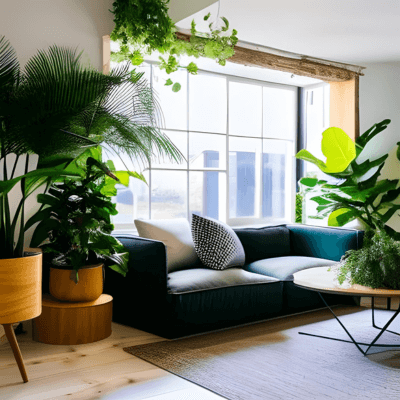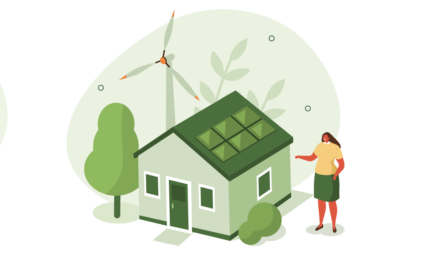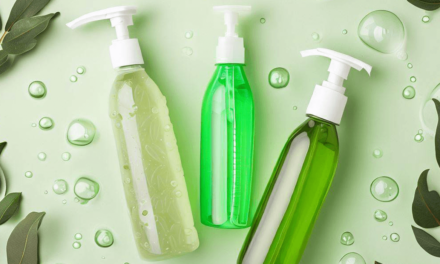Indoor plants have surged in popularity over the past decade, becoming a staple in modern interior design. But beyond aesthetic appeal, they offer a plethora of benefits to both the environment and our well-being. Let’s delve into the reasons for incorporating plants indoors and the best practices to do so.
- Benefits of Having Indoor Plants:
- Air Purification: Plants like the Peace Lily and Spider Plant are known to absorb pollutants like formaldehyde and benzene, purifying the indoor air.
- Humidity Regulation: Plants release water vapor during photosynthesis and respiration, increasing indoor humidity which can be beneficial during drier months.
- Enhanced Well-being: The presence of greenery has been linked to reduced stress, increased focus, and overall improvement in mood.
- Natural Decor: Plants add a touch of nature to indoor spaces, enhancing the aesthetic appeal of rooms.
- Choosing the Right Plants:
- Low Maintenance: Succulents, cacti, and snake plants require minimal care, making them ideal for beginners.
- Lighting Needs: Some plants, like the Fiddle Leaf Fig, require plenty of indirect light, while others, like the ZZ plant, thrive in low light conditions.
- Size & Growth: Consider how big the plant might grow. Plants like the Monstera can become quite large and may require regular pruning.
- Caring for Your Indoor Plants:
- Watering: Over-watering is a common mistake. Ensure you understand the water requirements of each plant species.
- Soil & Potting: Use the right type of soil for your plants and ensure the pots have proper drainage.
- Placement: Place plants where they’ll get their required amount of light and away from drafty windows or heating units.
- Potential Challenges:
- Pests: Indoor plants can sometimes attract pests like spider mites or aphids. Regularly check plants and treat as necessary.
- Health Concerns: Some plants can be toxic to pets and children if ingested. Ensure such plants are placed out of reach or choose non-toxic varieties.
- Allergies: Some people might be allergic to pollen or mold that certain plants might produce or harbor. Choose hypoallergenic plants if this is a concern.
Conclusion
Incorporating indoor plants into your living space can transform the ambiance, promoting tranquillity and connection with nature. Beyond their undeniable beauty, they offer tangible benefits for our health and environment. However, care and consideration are vital in ensuring they thrive and coexist harmoniously within our homes.






